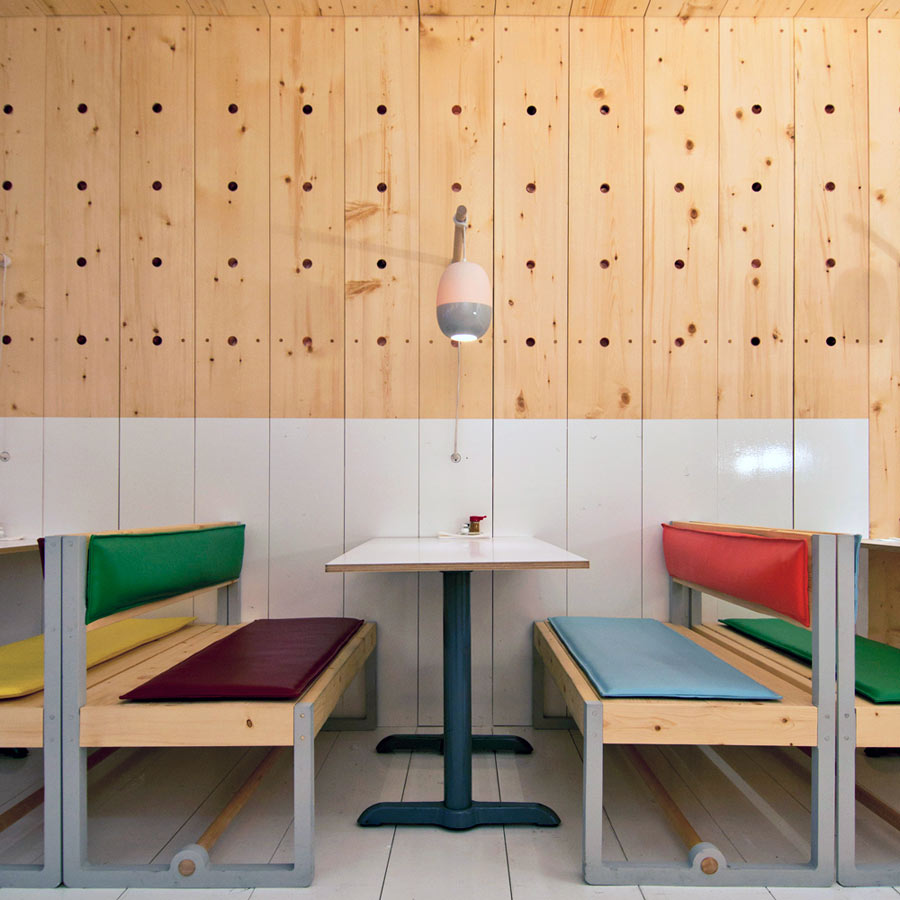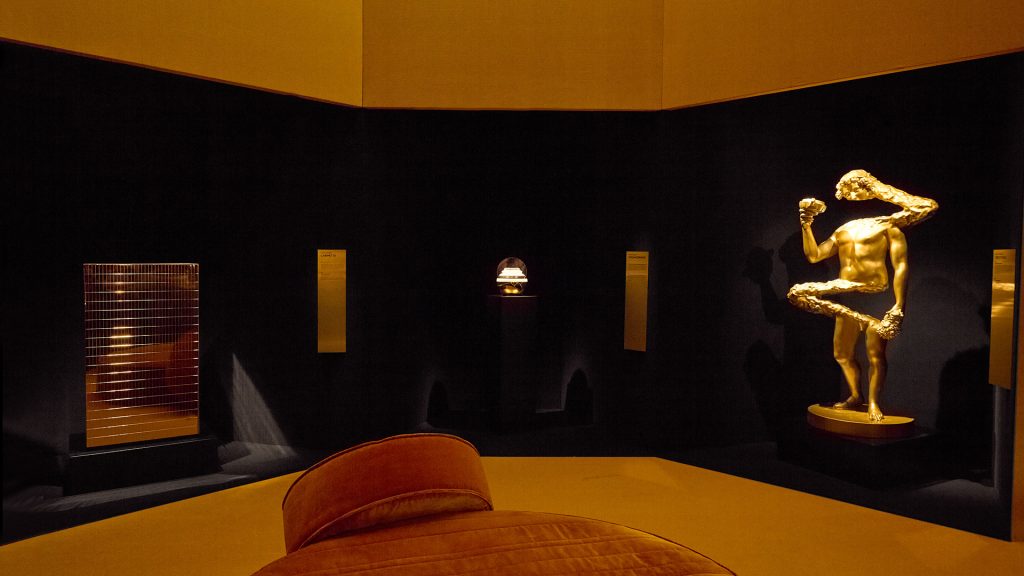Vilhelm Lauritzen Architects and Carl Hansen & Søn’s Collaboration Collection
Exploring the trailblazing architect’s vision through his Copenhagen buildings and furniture
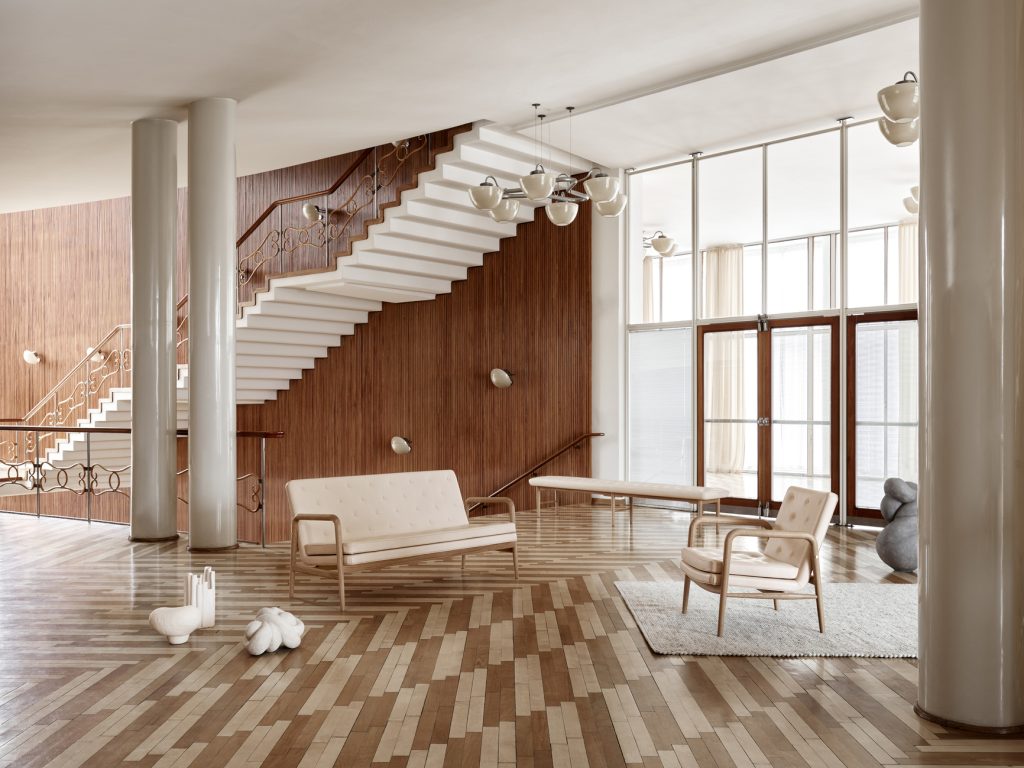
One of the 20th century’s greatest Danish architects, Vilhelm Lauritzen is considered a master of functionalism. The founder of the still-active Vilhelm Lauritzen Architects firm (which he ran from its inception in 1922 to 1969), Lauritzen designed buildings that are true icons of Copenhagen and beyond. Some of his best-known works include the first terminal at Copenhagen Airport (1939), and the city’s VEGA cultural center (originally called Folkets Hus when it was completed in 1956), as well as the Danish Embassy in Washington DC, built in 1960. In his designs, every detail is fundamental, which is why he also created many furnishings for his spaces. This year Vilhelm Lauritzen Architects celebrates its 100-year anniversary by reworking some of the founder’s designs, making them available for purchase for the first time thanks to the third-generation, family-run, Copenhagen-based Carl Hansen & Søn.
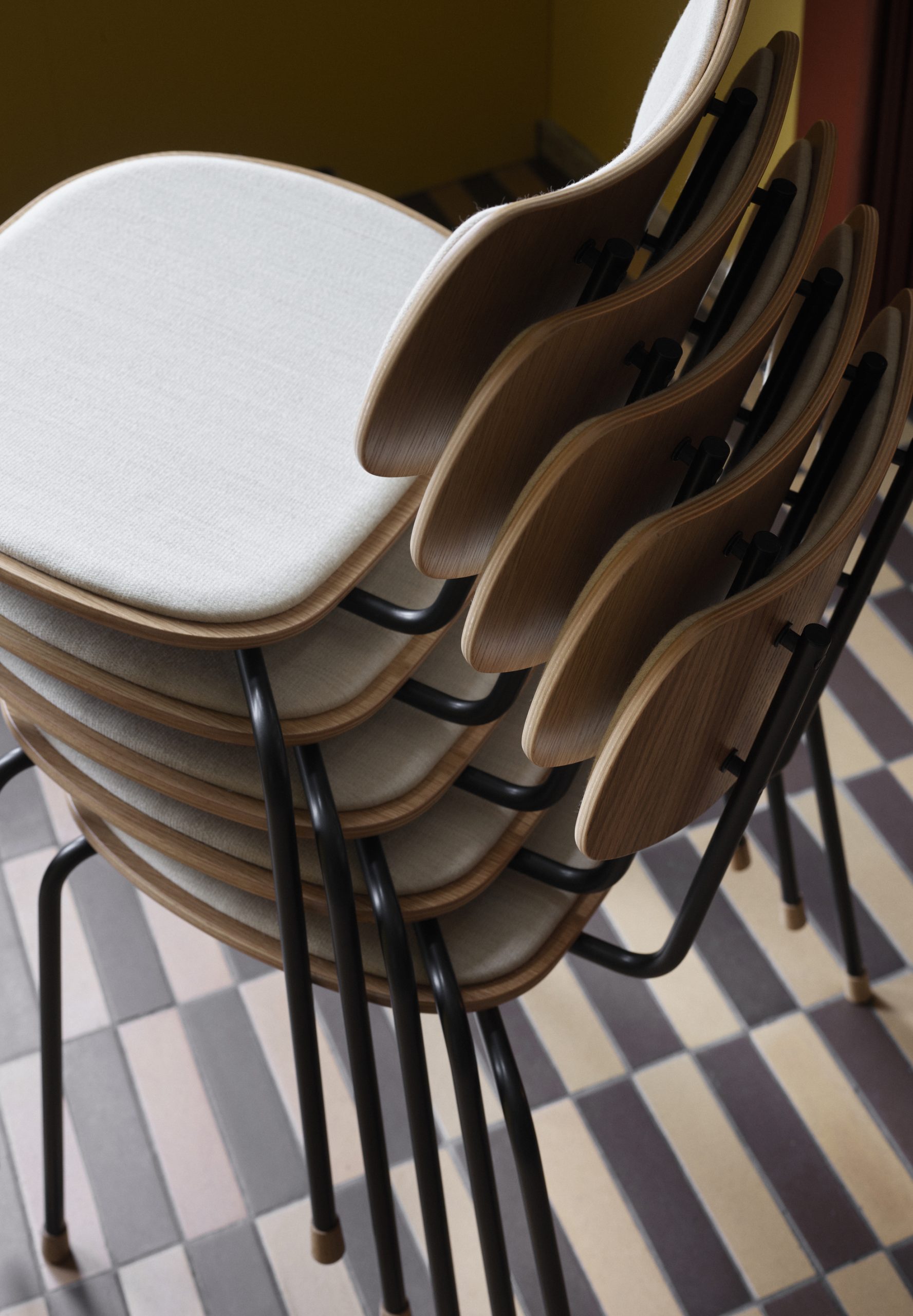
Lightweight and stackable, the Vega Chair (originally designed for the aforementioned VEGA concert hall) was crafted to be comfortable and easy-to-make, consisting of two curved wood pieces on a black steel structure. The original version has been slightly redesigned to meet contemporary ergonomics, comfort and safety needs, but its authentic identity remains unchanged.
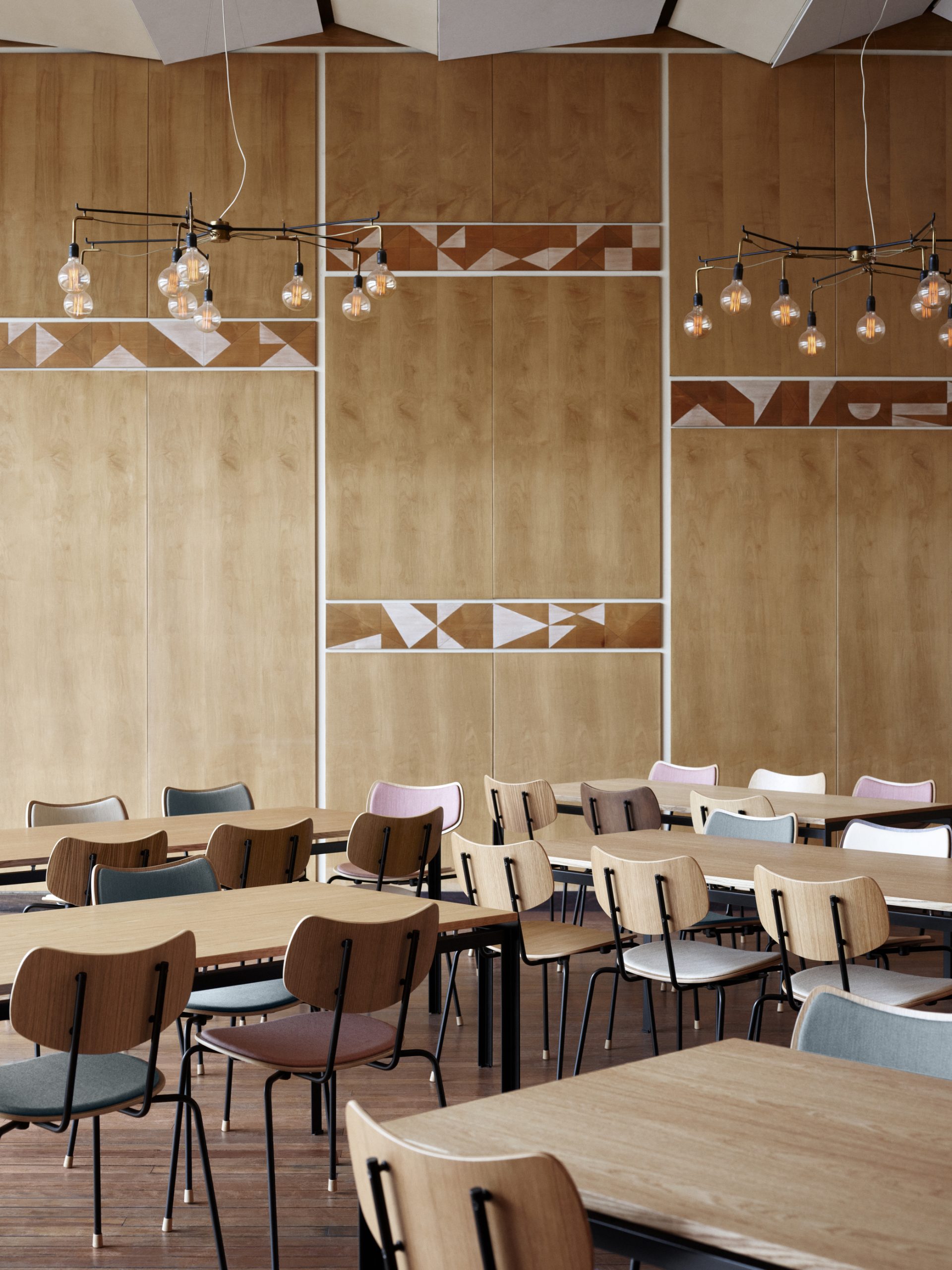
To increase the possibilities of choice for the clients, the new VLA26 Vega Chairs can be upholstered with a layer of padding in different colors and fabrics. The stopper is made of wood to minimize the materials used.
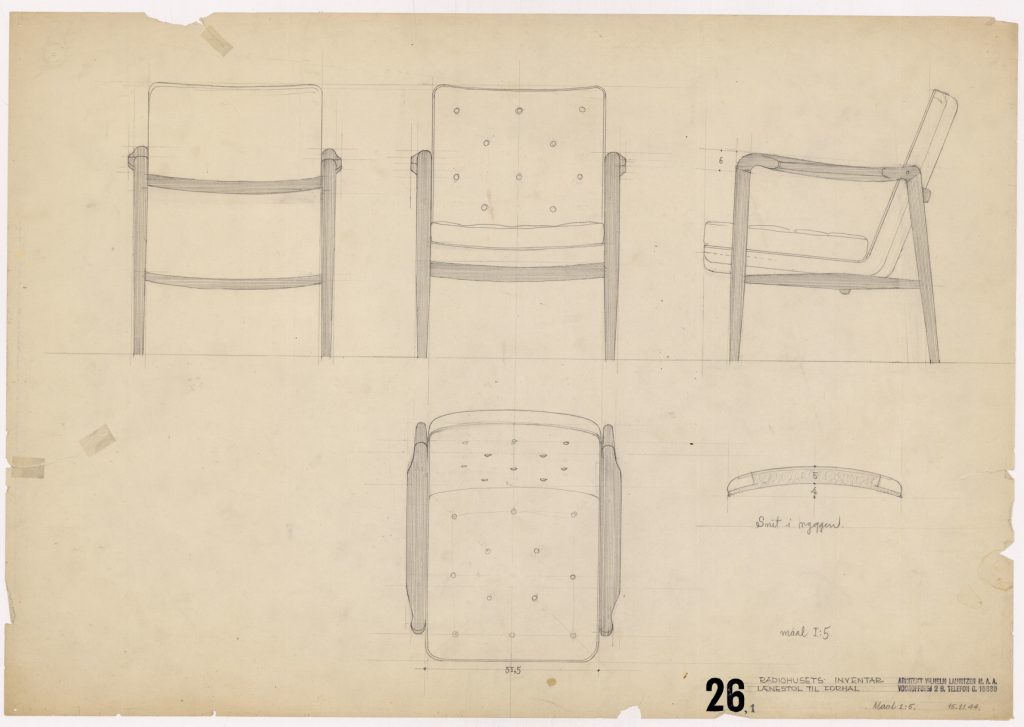
The Foyer Series consists of a sofa, armchair and bench originally made for Copenhagen’s Radiohuset, a heritage building built in 1945 as headquarters for the national Danish broadcaster, DR. The new series takes the name Foyer precisely because the originals still adorn the common areas of the building, which is now home to the Royal Danish Academy of Music.
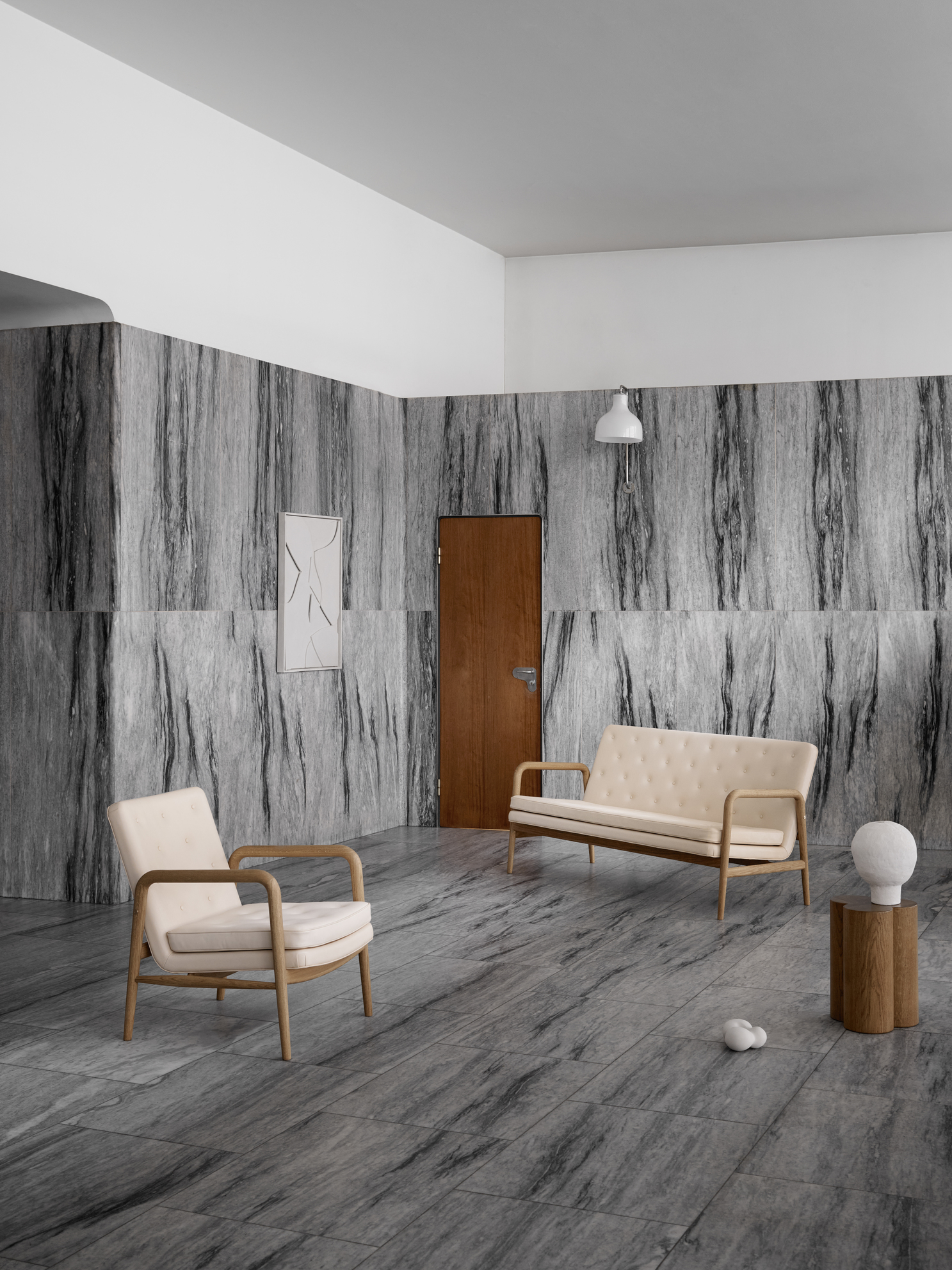
In these pieces, the oak structure effortlessly supports seats and backrests, designed in a way that they appear to float. Upholstered in fabric or leather, they feature handmade buttons. This series is another celebration of the function and lightness imbued in Lauritzen’s work—and evidence of its timelessness.
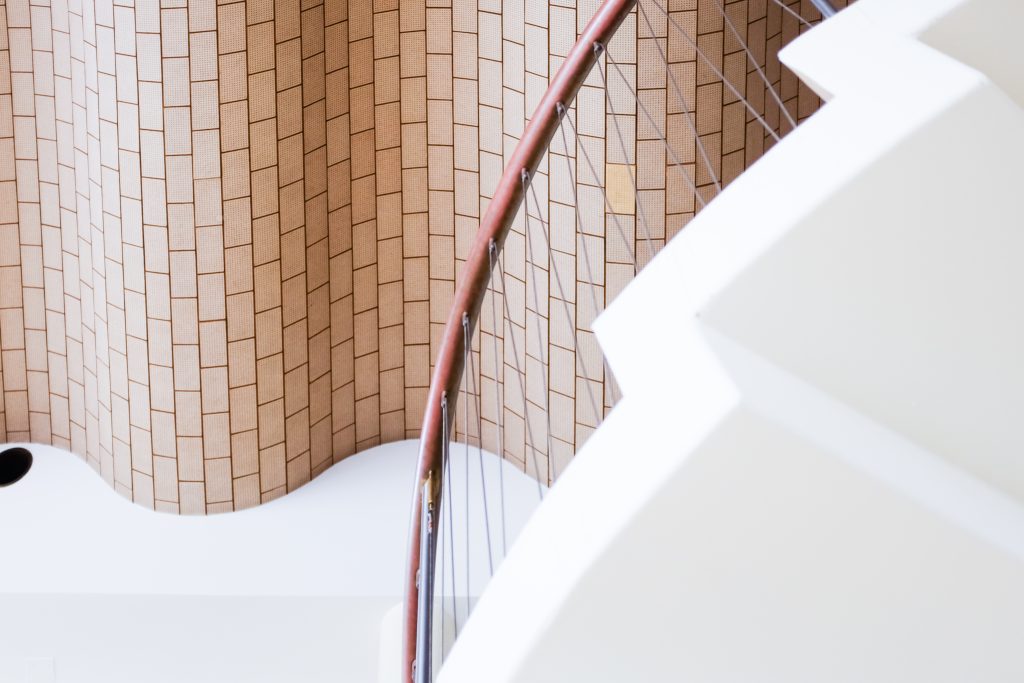
To better understand the underpinnings of these gorgeous designs, we went in search of some of Lauritzen’s buildings during Copenhagen’s 3daysofdesign, a festival that is establishing itself as one of the most fascinating creative events in the world. We began at Copenhagen Airport and its astonishing Vilhelm Lauritzen Terminal. Even though it was completed in the late 1930s, Lauritzen envisioned several solutions that anticipated changes to travel. Still today this old terminal surprises through its vast spaces, large windows allowing for light, a restaurant that faces the runway, large balconies overlooking the lobby and a ceiling that offers a unique personality to the space.
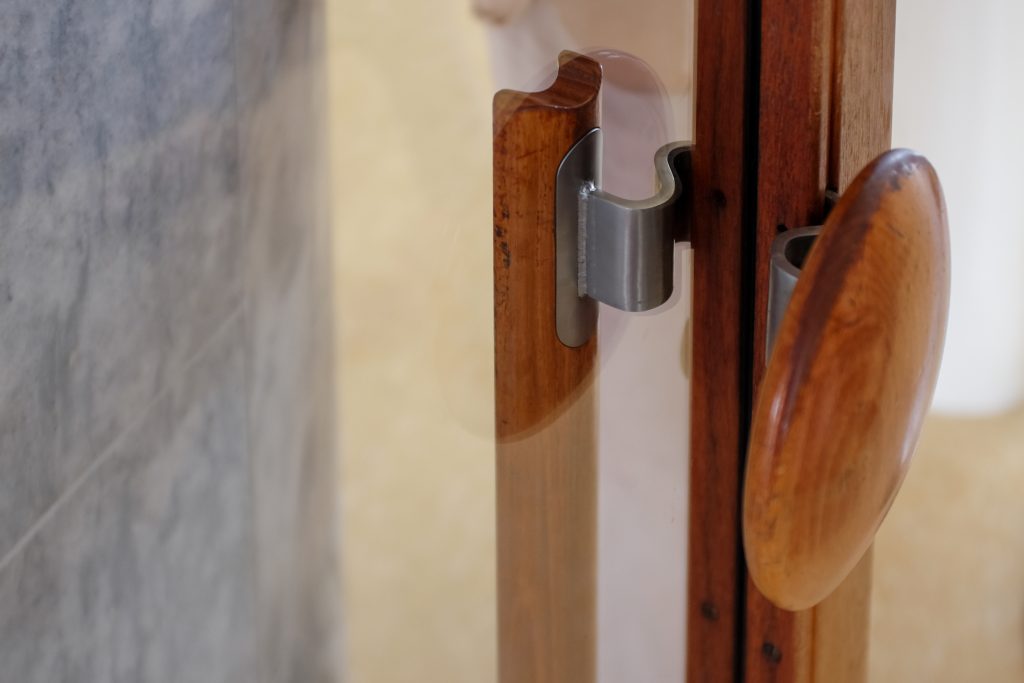
Functional details abound, a favorite being variations in the wooden door handles: some are round to indicate that they need to be pushed, others are cylindrical to demonstrate that they need to be pulled. There are two beautiful staircases in the main hall, where the architect delicately showed his understanding of human behavior. One spiral and one straight, the staircases are solid in construction, yet appear light.
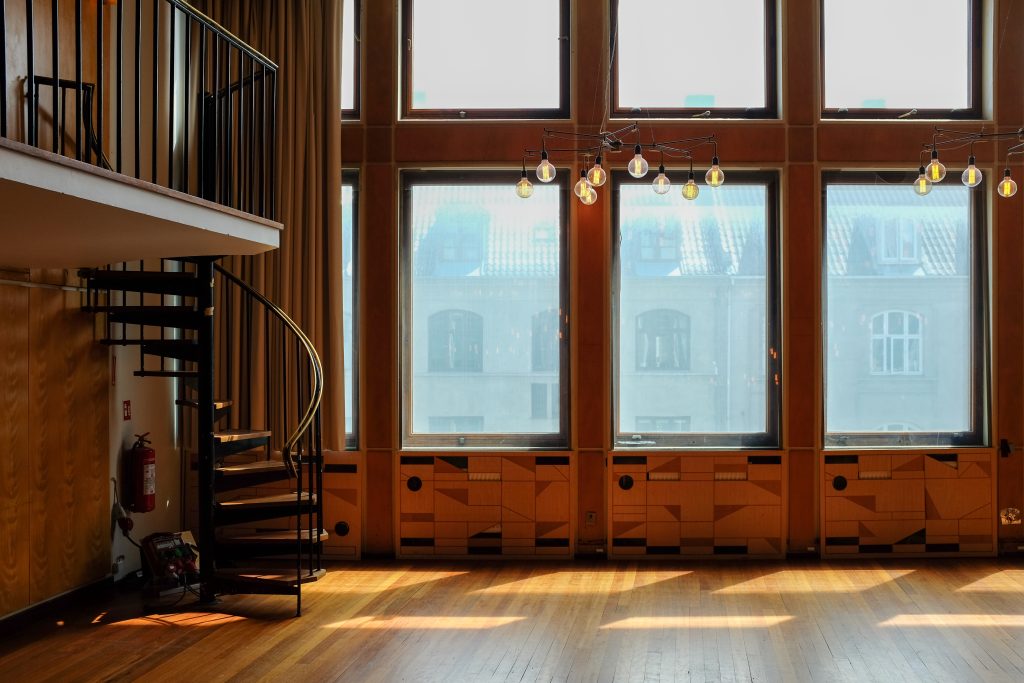
In town, VEGA is an ode to Lauritzen’s pragmatism. Originally a meeting place for the labor movement, the building currently acts as a cultural space mostly playing host to live music performances. Contrasting the bright, light airport, VEGA is brimming with dark timber, soft lighting and geometric patterns that begin on the facade and continue indoors. Lauritzen designed every detail from doors to floors, handrails, chandeliers, furniture and even the small technical spaces that are perfectly hidden in the boiserie.

It’s easy to see that Lauritzen was a master at understanding people and how they move. Here, the stairs also play a pivotal visual and functional role. People going to different halls will easily understand the intention for each set of stairs, leading to a natural and comfortable flow of people throughout the space. This innate respect for function permeates Lauritzen’s work, and echoes his statement, “Function guides space and light with modesty as a mean.” From these vast spaces to the most minute of details, Lauritzen’s designs continue to act as evidence of his trailblazing, future-forward vision.
Hero image courtesy of Carl Hansen & Søn


